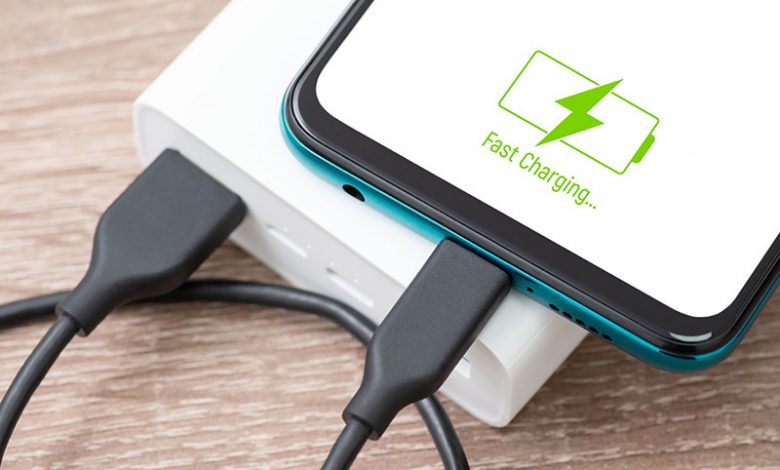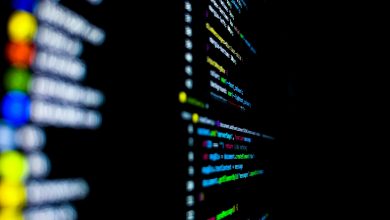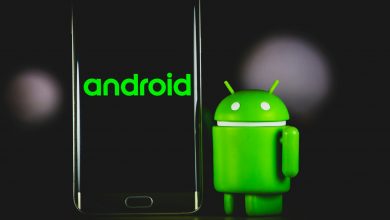
Fast charging is a feature found in many Android smartphones that allows the device to charge significantly faster than traditional charging methods. It's designed to quickly replenish the battery's energy so that users can return to using their phones without long waiting times. Fast charging technology has evolved over the years, and several different standards and technologies are available, each with its own implementation.
Fast charging works by increasing the power delivered to the battery during the charging process. Traditional chargers typically deliver around 5 to 10 watts of power, while fast chargers can deliver power ranging from 15 to 100, depending on the technology used.
Here's a general overview of how fast charging works:
- Higher Wattage: Fast chargers deliver a higher wattage to the device's battery, allowing it to charge faster. This higher wattage can be achieved by increasing the voltage or the amperage of the charging current.
- Voltage Regulation: Some fast charging technologies, like Qualcomm's Quick Charge and MediaTek's Pump Express, regulate the voltage to increase the charging speed. They use algorithms to adjust the voltage to maximize charging speed without overheating the battery.
- Battery Management: Fast charging technologies often incorporate advanced battery management systems to ensure safety and prevent overheating. These systems monitor the battery's temperature and adjust the charging speed accordingly. If the battery gets too hot, the charging speed may be reduced to prevent damage.
- Adaptive Charging: Many modern smartphones with fast charging capabilities have adaptive charging algorithms that adjust the charging speed based on the battery's current state. For example, the charging rate might be faster when the battery is at a lower percentage and slower when it's nearing total capacity.
- Cable and Adapter: To achieve the fastest charging speeds, it's essential to use the correct charging cable and adapter compatible with your phone's fast charging technology. Some phones might come with their own proprietary fast-charging cables and adapters.
- Heat Management: Fast charging can generate more heat than regular charging, so smartphones with fast charging capabilities often include heat dissipation mechanisms to prevent overheating. Some devices might also use advanced cooling technologies.
It's worth noting that multiple fast charging standards exist in the market, including Qualcomm's Quick Charge, USB Power Delivery (USB PD), MediaTek's Pump Express, OnePlus Warp Charge, and others. Different manufacturers might implement different technologies, and not all fast chargers are compatible with all devices. Always use certified chargers and cables for your specific device to ensure safe and effective fast charging.
Using authorized original equipment manufacturer (OEM) charging components is vital to ensuring the fast charging feature functions correctly on your Android phone. The charger package includes the charging cable and the charging brick, which are critical for efficient charging. Notably, not all charging bricks support fast charging technology, so ensure the one you use supports this feature. Additionally, inspect the charging cable for any signs of physical damage or wear and tear. A faulty or damaged cable could also cause a failure in fast charging, adversely affecting the power transfer from the charging brick to your Android phone.
Table of Contents
Enable Fast Charging Settings
To utilize the fast charging feature on your Android phone, you must ensure that it's activated in your device settings. To check this, take the following steps:
- Open the "Settings" on your phone.
- Go to "Battery and device care."
- Access the "Battery" settings.
- Navigate to "More battery settings."
- Ensure all the settings related to charging, including fast charging, are turned On. If not, toggle them to the right to enable them.
Disable Optimized Night Charging
Another setting that may affect fast charging is the "Optimized night charging" feature. While this feature is designed to prolong battery life by slowing down charging speeds at night, it may interfere with fast charging. To disable this setting:
- Open the "Settings" on your phone.
- Access the "Battery" settings.
- Turn the "Optimized night charging" switch to "Off" mode.
Check Battery Health and Disable USB Debugging
Your Android phone's battery health can contribute to the fast charging issue. It's necessary to check the health of your battery periodically to ensure it's capable of supporting a fast charge. Meanwhile, USB Debugging might interfere with the fast charging process, so it's advisable to disable it when charging. Follow the outlined steps:
- Open "Settings."
- Go to "Battery and device care" settings.
- Open "Phone diagnostics" personalization settings.
- Check the "Battery status" to assess its health.
- Lastly, navigate back and open "Developer options," then disable "USB Debugging."
By paying attention to these settings and features, you should be able to troubleshoot and effectively address any fast-charging issues on your Android phone. Remember that not all phones support the same fast charging standards, so the steps you need to take might vary depending on your device. Always refer to your phone's manual or the manufacturer's website for specific fast-charge guidance.




